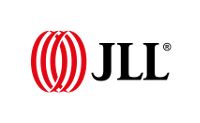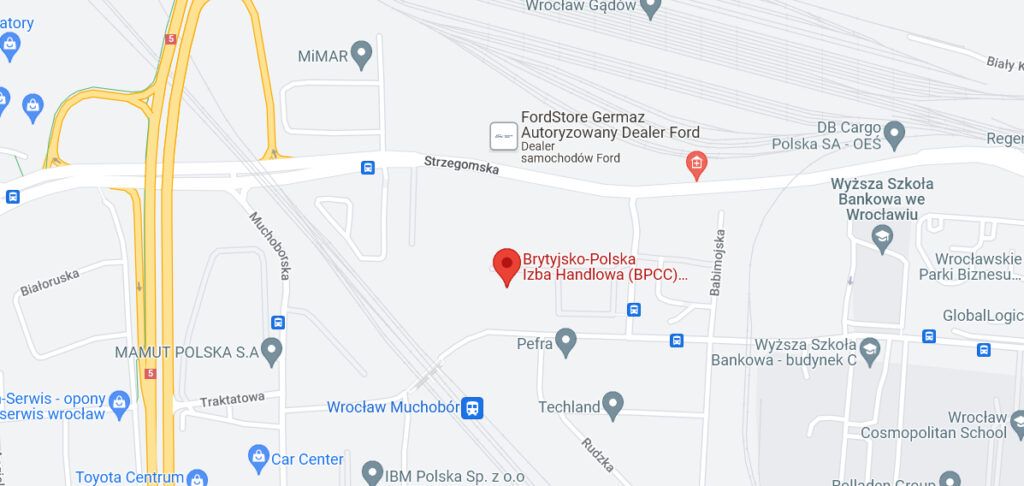- Executive Note
- Editorial note
- Interviews
- Green transformation
- Events Coverage
The future of real estate is green
JLL | Dec 12, 2022, 20:01
By JLL

This year’s COP summit once again drew global attention to the part played by real estate in climate change. Buildings – their construction, use and eventual recycling – have the scale to play a crucial role in achieving global emissions reduction targets. More and more companies, especially those operating around the world that constitute trans-national supply chains, are setting reduction targets. These include real estate, but still few firms have strategies in place to achieve these goals.
And therefore, we face a new economy driven by new narratives and objectives encapsulated in the three letters: ESG. The advantages of ESG in real estate are tangible and create real business value. Within the sector, we have started moving from statements towards concrete action. The introduction of sustainable development-related concepts on the real-estate market has been gradually accelerating, despite the challenging market context.
Scale of the challenge and trends
Buildings in the EU account for 40% of energy consumption and 36% of carbon dioxide emissions through the process of construction, use, renovation, and finally demolition. Reducing those metrics is critical to achieve the climate neutrality objectives in the region. On a positive note, green building technologies already exist. On the other hand, this is only a half-measure, as new buildings account annually for less than 2% of all commissioned premises. The rest comprises buildings that are already in use and are just exchanging tenants. To fully grasp the scale of this phenomenon, one must understand that around 85% of all buildings in the EU were built more than 20 years ago, and 85-95% of these are expected to still be standing in 2050. The natural conclusion that emerges from this argument is that renovating our existing building stock is the path to a green future in Europe.
In addition, the cause requires renovation on an immense scale, which apart from its positive effect on climate, also yields promising business opportunity.
The EU Commission estimates that 35 million buildings could be renovated by 2030, creating up to 160,000 additional jobs.
The implications of this process are already apparent on the market:
- Demand for sustainable buildings is increasing among investors and tenants. As a result, a ‘brown discount’ is becoming established for ageing assets and their higher maintenance costs, as well as the additional capital expenditures for necessary retrofits.
- Supply closely follows demand; owners are carrying out the green transformation of their assets to ensure their eventual profitable commercialisation and sale. Building reconstruction costs have become a key part of the standard asset transaction valuation process. Also, for this reason, the values of buildings and land are increasingly being estimated separately.
- As a result, investment capital on the real estate market is gradually being redirected to implement these goals, supported by increasingly accessible green financing and regulations appearing on the market.
Tangible benefits from green transformation of existing buildings
There are two most important key performance indicators for the environmental performance of real estate: energy use and greenhouse gas emissions per square meter.
For existing buildings, the track record of JLL projects shows that improvements can hit a 50% reduction in energy consumption and a 40% reduction in greenhouse gas emissions. This level of improvement applies to the already high-end Class A office buildings and modern warehouses. In many cases, energy intensity can be reduced to as low as 70 kWh/m2, the target set by the Paris Agreement for 2035-2050. That refers to the total annual energy consumption for the whole building including tenant space, landlord-controlled common area and heating.
Importantly, JLL’s recent experience in EMEA transactions shows that green renovation and technical improvement of buildings leads to a tangible business effect. The subsequent green rental premium reaches 6-10% depending on the assets class, while the green sales premium varies from 7-11%. Also, in the case of office buildings we observe a radical jump in occupancy rates (e.g., from 30% to over 90%).
To secure such a business impact, it is critical to implement these three processes (below). JLL expertise shows that only by combining them is it possible to achieve significant and lasting results.
- Retrofitting: Modernisation involves production technologies that streamline building management, conserve energy, water, and heat and allow the efficient use of natural resources such as light and air. Regarding construction materials, timber is becoming an increasingly common alternative due to its carbon sequestration features, allowing it to remove carbon dioxide from the atmosphere. Among other potential solutions it is worth mentioning the installation of on-site solar panels or green roof systems to reduce a building’s cooling/heating energy needs and reduce the urban heat island effect.
- Effective operations: Efficient operations management requires high-quality data. That requires installing IoT sensors connected to the virtual building automation system (BAS). BAS enables the real-time sub-metering of data to track utility costs by floor, by tenant and by individual equipment (HVAC, lighting). Granular sub-metering data provides the essential tools for monitoring energy costs and performance, identifying consumption anomalies, allocating costs between tenants, and data-driven portfolio analysis.
- Employee training: A critical part of the success of energy management initiatives in buildings with a substantial number of regular users, for instance offices or warehouses. The most effective way to achieve that is through the implementation of a comprehensive employee awareness programme (EAP) and a demonstration of how to reduce energy waste and emissions. Subsequently, as a means of maintaining the high priority of this initiative, an execution of an internal campaign.
ESG becoming a new normal
ESG regulations play an important role across all industries. In real estate, they have a halo effect in the form of ‘green leases’ that raise awareness and environmental discipline also among tenants. Through this type of contract, tenants’ rents might be increased if they do not meet certain environmental goals. Metrics may include electricity use per occupant (kilowatt-hours per employee), water use per square metre, and volume of waste sent to landfills as a percentage of total waste generated. ‘Green’ leases are expected to become a common tool for investors to monitor and promote the environmental performance of their real estate assets while remaining regulatory compliant.
The relatively broad and rapid adoption of ESG standards in the real estate industry will inevitably lead to a convergence of ‘standard’ and ‘ESG’ approaches. Soon, if not already, we no longer need to talk about green buildings but rather a market standard in construction. This is largely facilitated by the rapid translation of ESG aspects into hard financial and practical metrics. In other words, there is no doubt that the future of real estate is green.







